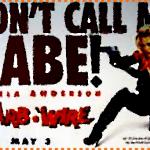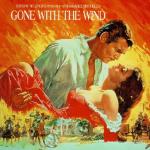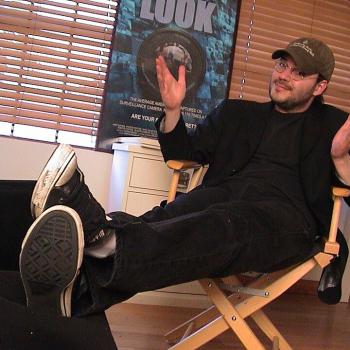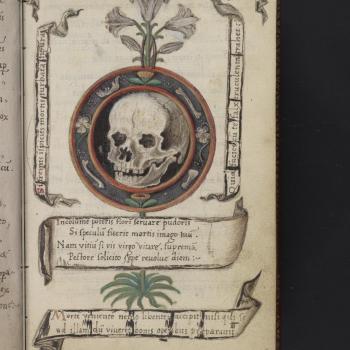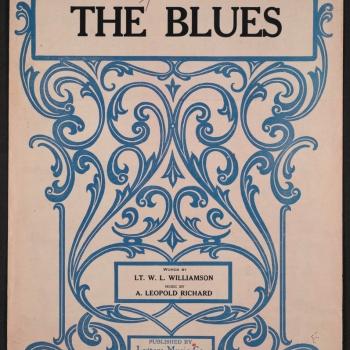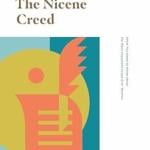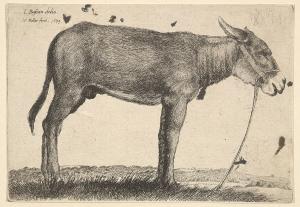
Source: Wikimedia
License
I’m a word person. This is, I think, a sound investment. The word is the structure of our most common communication, whether spoken or written; it is the form which most often gives shape to our needs, desires, and losses. No greater technology (save perhaps penicillin—itself dependent on words as much as on chemical experimentation) has yet existed. Even the artificial intelligences that haunt us often speak in words. Their ersatz thinking is a language denuded of ambiguity, language reduced to precision and thus dullness. Nothing seems yet to be giving words (or their equivalents—shapes, characters) a run for their money.
Though I love movies, this is all to say that I am not a picture person. I can imagine an apple in some detail, but I am a mid-rank contender at best when it comes to rotating it, biting it, digesting it all in my mind’s eye. I am not, however, hopeless.
This I learned while watching Robert Bresson’s Au Hasard Balthazar (1966). The film concerns the life of the eponymous donkey. He hee-haws in pain and satisfaction, wanders away from owners of all kinds. Some are abusive, others merely neglectful. Some love him, though in the incomplete way humans have mastered. Bresson shows us Balthazar from birth to death, a triumphantly saintly beast of burden, one who endures and abides. Balthazar is the Dude’s dude.
The film works only because Bresson makes such powerful use of the medium. What might sound trite—that this is a movie made up of pictures—asserts itself as something greater here. Au Hasard Balthazar made me weep because its images assert themselves independent of words, even if these do show up occasionally.
When a cruel local boy ties a newspaper to Balthazar’s tail and lights it on fire, we are not allowed to look away. When Balthazar shivers in the snow, Bresson holds his camera on the purity of his freezing, gaseous breath, the snow stuck to his fur. Balthazar has a dignity we rarely see in our fellow human beings, mutilated as they are by language and prejudice (think of a phrase that annoys you—“I did a thing,” perhaps—and tell me that language cannot mutilate).
Balthazar is a victim of great cruelty. He is also, as one of his owners says, a saint. We see him baptized by children, see him adorned with a crown of flowers, see him carry a relic atop his back. We watch him, grow immersed in his life, his silence, his ability to love and endure. He simply lives. Usually, I find donkeys off putting; Balthazar is beautiful. As I realized this simple fact, I knew the film was working.
Forgive me for sounding trite again, but the bare succession of images forced me to think. Sometimes quiet, slow-moving movies (looking at you, Antonioni) bore me, occasion little reflection and much yawning. Not so here. Au Hasard Balthazar does not tell us characters’ intentions, nor does it spell out exactly why people react as they do. Balthazar’s first owner, a young woman, falls for a bad boy who initially sexually assaults her. Why? We can make a few inferences. But the film never speaks them. It is as if the characters feel no need to justify themselves. They simply act. We are miles from Woody Allen’s New York and a veritable continent from my own neurotic inner monologue.
How refreshing. I’m still not very good at rotating and eating that incorporeal apple. I, however, respect its power more than ever. The word remains with me, even as I feel drawn—even subjected to—the power of the bare image.


